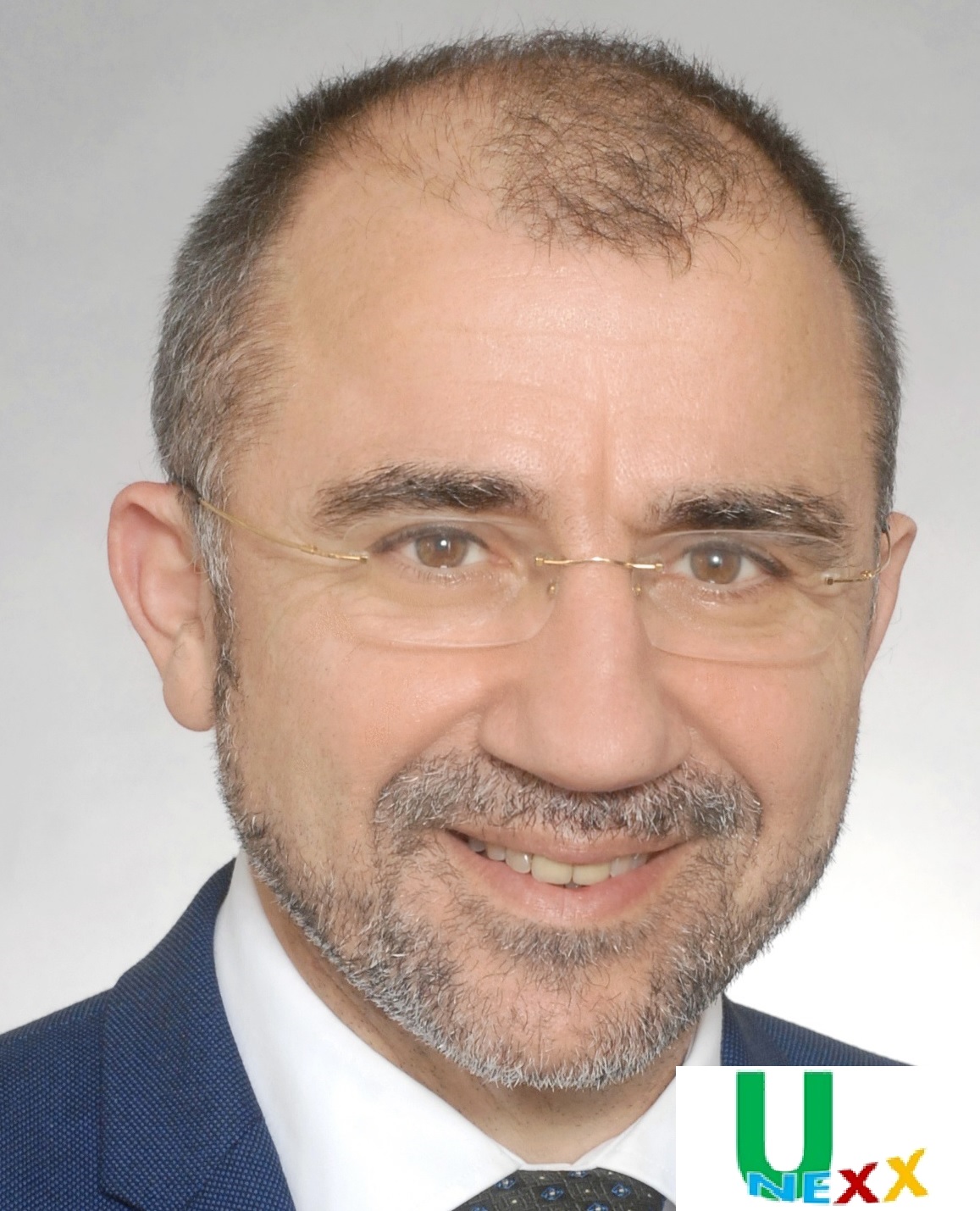Strictly speaking CIO extent is around company information asset management, even if he encompasses often operations management as well. Larger companies which would like to lead processes on its own, may feel better with a second IT manager dedicated to technology, this is a CTO. According to company main stakes, this manager could be outside IT department, where he reports to COO or CEO, or inside and then he reports to CIO.
CTO may be :
- a thinker who has the role of driving technology innovations
- an infrastructure manager which is an IT operational position
- a technology visionary who integrates and runs new technologies
- an external facing technologist who projects and assess technology impact on corporation and customer
When IT infrastructure is seen as standardized services platform provider for various applications, hard and soft beeing loosely coupled, it is possible to give the soft, the data and information to an IT manager, like CIO, and the hard to another, like CTO. In some industries, which are relying strongly on technology with an hard competition which requires change, like Telco, hard is strategically important, then company may choose to get a technology visionary CTO. In this case, CTO reports directly to CEO or COO.
Being in a more stable environement, such industries often need an infrastructure manager CTO who reports to CIO.
Industries where hard and soft are tightly coupled cannot afford 2 IT managers since a decision made by one of them would affect strongly the other. It is better for them to get a thinker CTO option who usually reports to CIO.
For industries with large business to customers activities, it is interesting to have a person with the extent of assessing the impact of technology on customers. In this case, CTO reports to CEO or COO.
Staffing a CTO position may give to CEO an additional control on strategic technologies. For a CIO, it provides a way to improve innovation management or infrastructure management.
With a loosely coupled IT infrastructure, CTO is the best person to manage technology strategy development. Thinker CTO should be a contributor, external facing technologist CTO develop part of technology strategy relevant to face to face business.
Technology strategy development process starts with :
- technology principles which guide strategy devlopement and require to be endorsed by top managers.
- technical model which provides categories for breaking down technical components and services
- views which cater for pertinent information technical stakeholders = business, data, application, technical, security, recovery plan, purchasing…
Then it is time to review the baseline, to collect requirements before designing target architecture.
Once done, next step is to contemplating solutions and technology scenarios able to fullfill requirements for each architecture components. Each scenario is assessed according views and requirements.
After choice, last step is to plan upgrades, technology acquisition and insertion.
In such businesses like services operator, transactions operator, communications operator, applications hosting where IT is critical, staffing a CTO is always a good way to improve IT asset governance. By this way, CTO or CIO have more chance to be member of the board, breaking with old models where CIO used to report to a board member. This model improves IT transformation driving and finally company efficiency and agility.
